解説 / Description
ルソンイトヒキベラは、イトヒキベラ属の中でも特に人気のある種で、成熟したオスが見せる燃えるような赤い鰭が最大の魅力です。非常に活発に泳ぎ回るため、水槽に動きと彩りを与えてくれます。サンゴには無害でリーフタンクに適していますが、高い代謝を支えるための頻繁な給餌と、飛び出し事故を防ぐための確実な蓋が飼育の必須条件となります。 The Redfin Fairy Wrasse (*Cirrhilabrus rubripinnis*) is a very popular species within its genus, prized for the brilliant red fins displayed by mature males. It is an extremely active swimmer that adds constant motion and color to an aquarium. While it is reef-safe and suitable for coral tanks, successful keeping hinges on frequent feedings to support its high metabolism and a secure lid to prevent jumping.
基本情報 / Basic Information
| 学名 / Scientific Name | Cirrhilabrus rubripinnis (Randall & Carpenter, 1980) |
|---|---|
| 通称 / Common Name | ルソンイトヒキベラRedfin Fairy Wrasse |
| 分類 / Family | ベラ科 (Labridae)Labridae |
| 英名 / English Name | Redfin Fairy Wrasse, Red-finned Wrasse |
| 分布 / Distribution | 西太平洋中央部(フィリピン、インドネシア)Central Western Pacific (Philippines, Indonesia) |
| 最大体長 / Max Size | 約9cmApprox. 9 cm |
| 寿命 / Lifespan | 情報なしNot available |
飼育環境 / Aquarium Environment
| 水槽サイズ / Tank Size | 非常に活発なため、最低でも190L(幅90cmワイド水槽や幅120cm規格水槽に相当)以上の、特に横幅のある水槽を強く推奨します。飛び出し事故が非常に多いため、隙間のない蓋は絶対に必須です。Due to its high activity level, a tank of at least 190L (50 gallons, equivalent to a 90cm wide or 120cm standard tank) with ample horizontal swimming space is strongly recommended. A tight-fitting lid is absolutely essential as they are notorious jumpers. |
|---|---|
| 水温 / Temperature | 23℃〜27℃ |
| 水質 / Water Quality | 比重: 1.020-1.026, pH: 8.0-8.5。頻繁な給餌が必要なため、高い生物学的負荷に対応できる強力なろ過システムとプロテインスキマーが推奨されます。Specific Gravity: 1.020-1.026, pH: 8.0-8.5. Due to the need for frequent feeding, a powerful filtration system and a protein skimmer are recommended to handle the high bioload. |
| レイアウト / Layout | 隠れ家となる洞窟や隙間を持つライブロックを十分に配置しつつ、中層域に広大な遊泳スペースを確保することが重要です。It is crucial to provide plenty of live rock with caves and crevices for hiding, while also ensuring vast open swimming space in the middle water column. |
| 注意点 / Precautions | サンゴやほとんどの無脊椎動物に無害なリーフセーフの魚です。多くのベラと異なり、砂に潜る習性はありません。A reef-safe fish that is harmless to corals and most invertebrates. Unlike many wrasses, it does not have the habit of burrowing in the sand. |
餌と給餌 / Feeding
| 餌の種類 / Diet | 肉食性で、動物プランクトンを主食とします。冷凍のイサザアミやブラインシュリンプ、高品質な人工飼料(フレーク、小粒のペレット)などを多様に与えます。Carnivorous, feeding primarily on zooplankton. Offer a varied diet of meaty foods such as frozen mysis and brine shrimp, as well as high-quality flakes and small pellets. |
|---|---|
| 給餌のポイント / Feeding Tips | 【最重要】高い代謝率を支えるため、1日に最低3〜4回、少量ずつ与える必要があります。水槽内に自然発生する微生物(コペポーダなど)は、良い補助食になります。[CRITICAL] To support its high metabolism, it is necessary to feed small amounts at least 3-4 times per day. Naturally occurring microfauna (like copepods) in the tank serve as an excellent supplemental food source. |
性格と混泳 / Temperament and Tank Mates
| 性格 / Temperament | 他種には概して温和ですが、同種のオス同士は激しく争います。導入初期は臆病で隠れがちです。Generally peaceful towards other species, but males of the same species will fight intensely. It is timid and tends to hide when first introduced. |
|---|---|
| 混泳の相性 / Compatibility | オス1匹とメス複数匹のハーレム飼育が可能です。温和でサイズの近い魚(ハタタテハゼ、ロイヤルグランマなど)が良い相手です。攻撃的な大型魚との混泳は避けるべきです。Can be kept in a harem of one male and multiple females. Good tank mates include peaceful fish of similar size, such as firefish and royal grammas. Avoid large, aggressive fish. |
病気と対策 / Diseases and Prevention
| かかりやすい病気 / Common Diseases | ベルベット病、白点病、吸虫などの外部寄生虫病に罹患しやすいです。Susceptible to external parasitic infections such as Marine Velvet, Ich, and flukes. |
|---|---|
| 対策と予防 / Prevention | 導入前の4〜6週間の厳格な検疫は、病気の持ち込みを防ぐために絶対に不可欠です。安定した環境と適切な栄養が最良の予防策となります。A strict 4-6 week quarantine period for new arrivals is absolutely essential to prevent the introduction of diseases. A stable environment and proper nutrition are the best preventative measures. |
増やし方(繁殖) / Breeding
| 繁殖形態 / Reproduction | 雌性先熟の雌雄同体。ハーレム内のオスが不在になると、最も優位なメスがオスへと性転換します。Protogynous hermaphrodite. If the dominant male in a harem is lost, the most dominant female will transition into a male. |
|---|---|
| 繁殖のポイント / Breeding Tips | 飼育下での産卵は観察されますが、仔魚の育成は非常に困難です。仔魚は極めて小さく、初期飼料として培養された微小なコペポーダなどが必要となるため、家庭での繁殖は現実的ではありません。Spawning is observed in captivity, but raising the larvae is extremely difficult. The larvae are incredibly small and require cultured microorganisms like copepods as an initial food source, making home breeding impractical. |
特徴的な行動と豆知識 / Behavior and Fun Facts
| 特徴 / Characteristics |
【フラッシング行動】オスは求愛や威嚇の際、体色を輝かせながら鰭をいっぱいに広げ、電光石火のように泳ぎ回る「フラッシング」という行動を見せます。これは健康の証ですが、体を岩などにこすりつける同様の動きは寄生虫のサインであるため、見極めが重要です。 【粘液の寝袋】夜間は岩陰で、体を粘液の膜(ミューカス・コクーン)で覆って眠ります。これは捕食者から匂いを隠すためと考えられています。 【イトヒキベラ同士の混泳】本種を他のイトヒキベラと混泳させるのは注意が必要です。遺伝的に近縁なグループ(種複合体)同士は激しく争う傾向があります。 【Flashing Behavior】During courtship or territorial displays, males perform a “flashing” behavior, intensifying their colors, fully extending their fins, and darting through the water. This is a sign of health, but it’s important to distinguish it from the scratching motion against rocks, which indicates parasites. 【Mucus Cocoon】At night, it sleeps in rock crevices, enveloped in a mucus cocoon. This is thought to mask its scent from predators. 【Mixing Fairy Wrasses】Caution is needed when housing with other *Cirrhilabrus* species. Genetically related groups (species complexes) tend to fight aggressively with each other. |
|---|
まとめ / Conclusion
ルソンイトヒキベラは、その特有のニーズさえ満たせば、非常に丈夫で壮麗な水槽の主役となり得る魚です。成功の鍵は、活発な性質を考慮した広い遊泳スペース、高代謝を支える頻繁な給餌、そして飛び出しを確実に防ぐ蓋の設置にあります。 The Redfin Fairy Wrasse can be a hardy and magnificent centerpiece in an aquarium, provided its specific needs are met. The keys to success are providing ample swimming space for its active nature, frequent feedings to support its high metabolism, and installing a secure lid to prevent jumping.
これらの要求を満たせる飼育者にとって、この赤い鰭の宝石は、長期にわたりそのダイナミックな美しさで楽しませてくれるでしょう。For the aquarist who can meet these requirements, this red-finned gem will provide enjoyment with its dynamic beauty for many years.
▶ 記事の生体をAMAZONで買う ▶ 記事の生体をYahooで買う

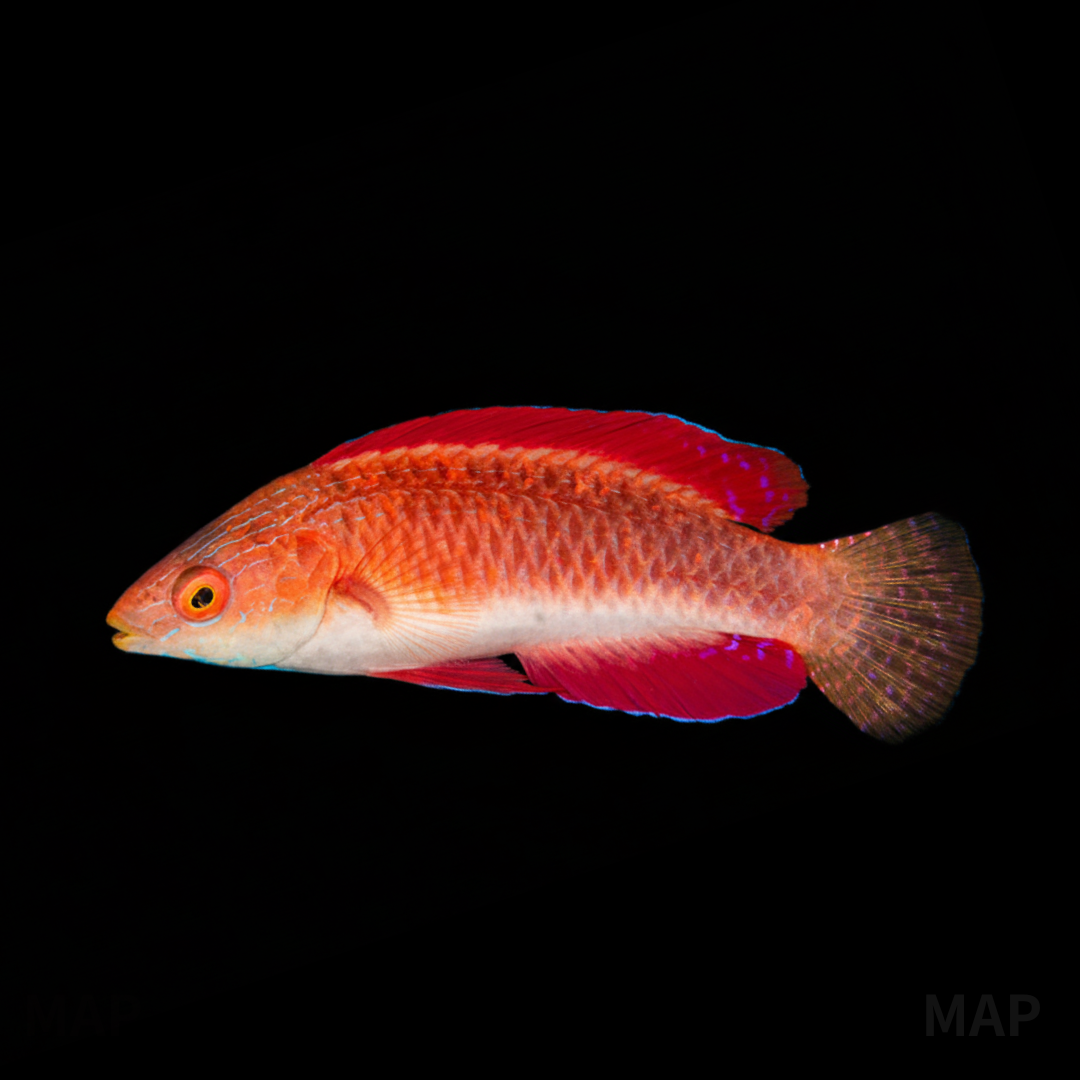






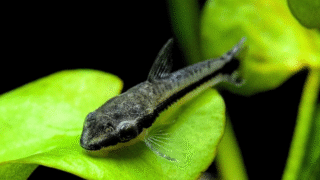
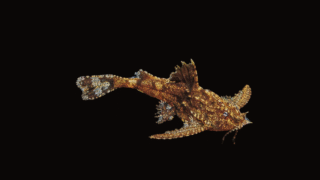
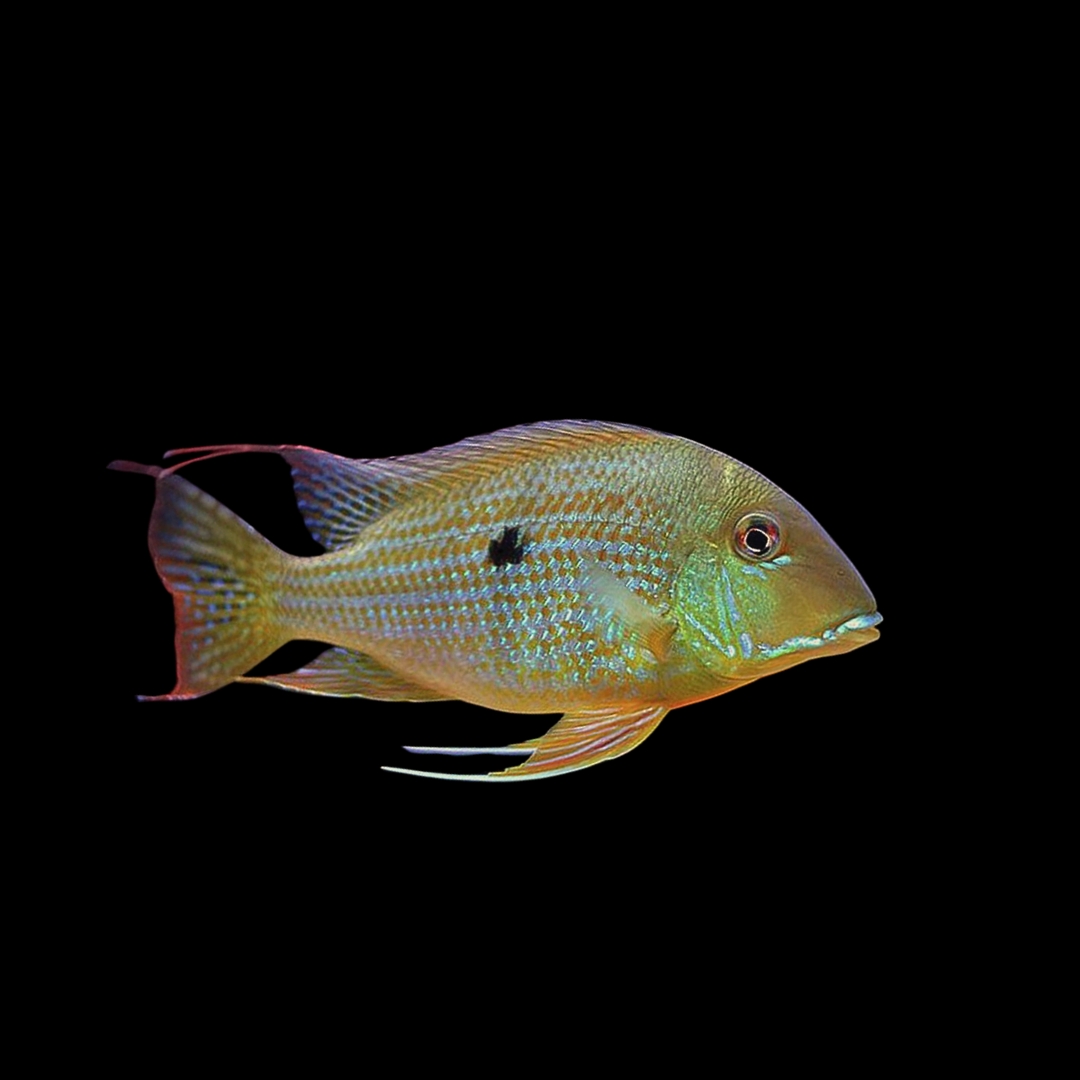
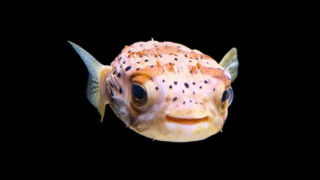

コメント